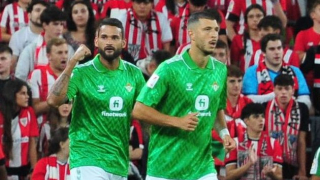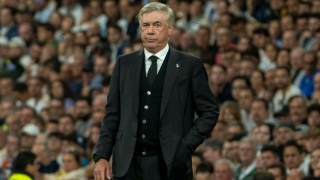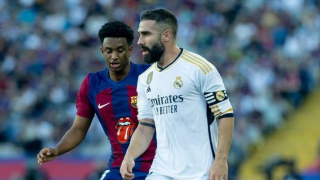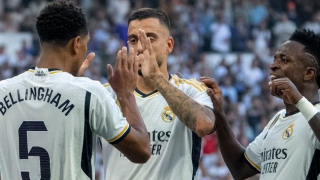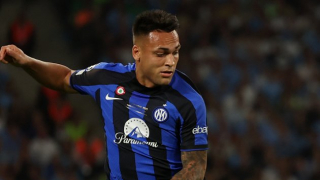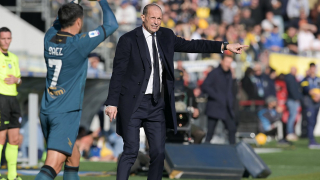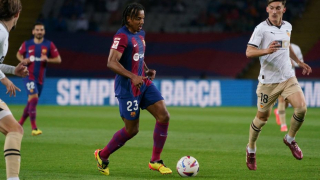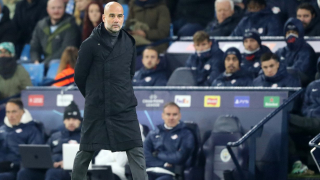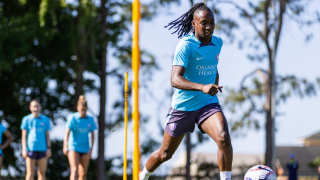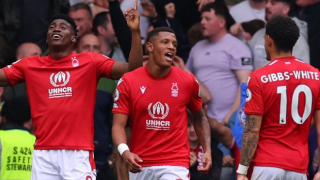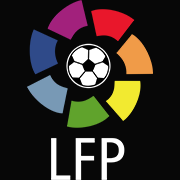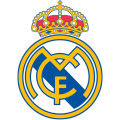Portugal enter the 2018 World Cup as the reigning European champions, having triumphed in France two years ago. They also arrive at this summer's finals on the back of a fine qualifying campaign that saw them lose just once and keep seven clean sheets in their 10 matches, topping a group that also contained Switzerland. And yet Fernando Santos' team aren't considered among the favourites for this year's finals.
There are two reasons why Portugal are being overlooked by so many. One is that their defence is ageing, with Pepe Jose Fonte and Bruno Alves all well into their 30s, and not getting any faster. Another is that the careers of several of their most promising talents at Euro 2016 have stalled. However, they go to Russia with a squad that is still packed with quality, as well as a solid tactical setup.
PROBABLE LINE-UP
(4-4-2): Patricio; Cedric, Pepe, Fonte, Guerreiro; B Silva, Moutinho, Carvalho, B Fernandes; Guedes, Ronaldo
Santos has experimented with a 4-3-3 at times, though his first-choice system remains the 4-4-2 that saw Portugal win the 2016 European Championship. Pepe remains a rock at the heart of the back four, though his potential partners, Fonte and Alves, have not exactly thrived at club level of late.
Cedric and Raphael Guerreiro will be the full-backs tasked with bombing forward, though the winger roles are not so clear-cut. Bernardo Silva should start on the right, though Gelson Martins is a serious alternative should Silva be deployed more centrally; on the left, Santos will choose between the in-form Bruno Fernandes and the more experienced Joao Mario.
Joao Moutinho and William Carvalho form a protective base in central midfield, while captain and inspiration Cristiano Ronaldo will spearhead the frontline. He is likely to be joined by the pacey Goncalo Guedes, though AC Milan's Andre Silva impressed in qualifying.
COMPACTNESS IS KING
Following the recent friendly win over Algeria, Santos highlighted some positive tactical aspects of his team's performance. "There were good things," he said. "In the first 20 or 25 minutes the team were…compact and quick to react to the ball."
His use of the word 'compact' is worth pointing out, for this is essentially what defines Portugal's defensive game. Without the ball, they tend to fall into a medium 4-4-2 block that emphasises vertical and horizontal compactness. This is seen in the graphic below, where the front two and midfield four drop back to reduce the space available to Algeria between the lines.
Portugal focus on maintaining their shape, though their man-oriented defensive approach at times leads to players leaving the block to track their opposite men. This was most visible against Belgium, where the wide players – Martins and Mario – tracked the opposition wing-backs to the point where Portugal's defensive system almost became a 6-2-2.
The front two are expected to simultaneously block passes into the centre through their positioning and press the opposition ball-player during build-up. Behind them, both central midfielders apply intense man-oriented pressure when the ball comes into their zone – in other systems this may be risky, as it could open up space between central midfield and defence, but the compactness in Santos' 4-4-2 helps to mitigate this issue to some extent.
Portugal usually deploy a midfield press (around the halfway line) or a low attacking press (just inside the opposition's half). Their choice is dependent on the opposition they face on the day. For their World Cup opener with Spain, they may opt against the attacking press so as to reduce the space behind for Spain's attacking midfielders to exploit; however, against Morocco and Iran they may try to force the issue in higher areas of the pitch.
FLUID FRONT FOUR
For a team built on sound defence, Portugal's attacking play is surprisingly intriguing. Their 4-4-2 becomes more of a 2-4-4 offensively, as the full-backs and wingers push on. Within this shape there is a great deal of fluidity, particularly in the front four, which helps to break opposition defences down.
The central midfielders stay close to the centre-backs during build-up, ensuring two nearby passing options to their central defensive teammates and providing stability centrally in case of turnovers of possession. While Moutinho and Carvalho stay deep, the full-backs push on down their respective flanks to guarantee a wide outlet. Their advancement can have the effect of enticing the opposing full-back out, creating space in the opposition back line for runs in the channels from Portugal's front four, as seen below.
With the full-backs pushing high down the flanks, the nominal wingers drift infield. This allows them to come onto their favoured feet, which is particularly useful for Bernardo Silva. The Manchester City man possesses exceptional dribbling skill and relishes driving infield from the right flank to run at defences. From the inside right channel he not only has passing access to the whole final third, but can get a shot off. As an aside, Silva's dribbling skills are also utilised from short corners, where he can get into 1v1 or 2v2 situations with the corner taker and, again, make good use of his dribbling.
Portugal's front four can cause problems to opposing defences in a number of ways. Firstly, they can gain qualitative superiority against a back four – essentially, creating 4v4 or 3v3 situations in which they, as skilful attacking players, have the upper hand. Secondly, they can use different types of movement to get rid of man-marking from the opposing back line.
The combination of the front four operating in a compact space offers plenty of attacking possibilities for Portugal, one of them being opposite movements. These occur when one player moves one way and another moves in the opposite direction. This causes issues for defences – should they follow the forward run of Ronaldo, or the deeper movement of Guedes? The likelihood is they track Ronaldo, which only creates space for Guedes.
Portugal's front four also make use of double movements – one player threatens to move in one direction before moving in another – to throw off their marker and create space for themselves. Alternately, they will vacate their position, peeling off the frontline and moving deep quickly to gain space and receive possession. An example of this particular type of movement is seen below, where Mario moves away from goal and his marker. Said marker decides to remain in his back line rather than risk following Mario and leaving space behind, which leaves the attacking midfielder in space to receive a pass from Bernardo Silva.
The compactness of Portugal's front four is also beneficial in the defensive transition phase, as it allows them to counter-press effectively.
With so many players around the ball they can apply intense pressure to the opposing ball-player immediately after losing possession in central areas high up the pitch. Portugal deploy multi-directional counter-pressing, with players pressing from all angles to surround and isolate the opponent. An example of this is seen in the below graphic.
Portugal will not make it out of the group easily, with Spain, Morocco and Iran providing stiff opposition. However, if they do get to the knockout stages, their compact defence, intense counter-pressing and fluid attacking play could help them negotiate a route to the semi-finals.


